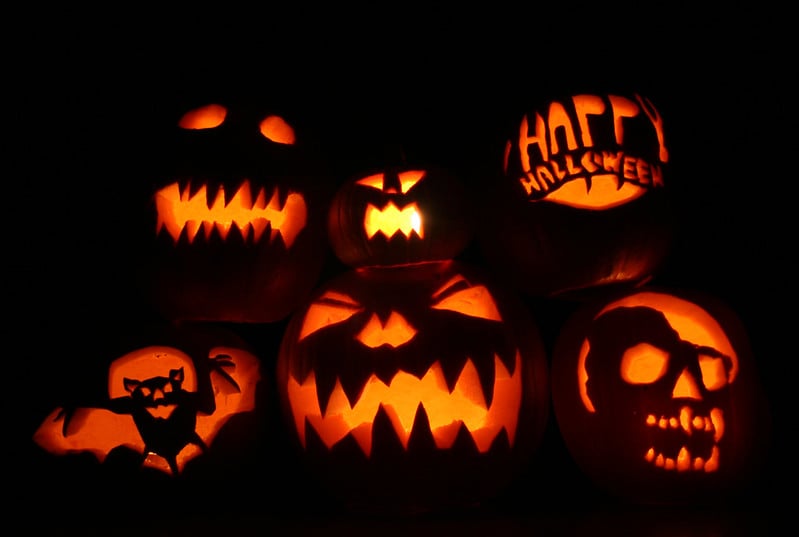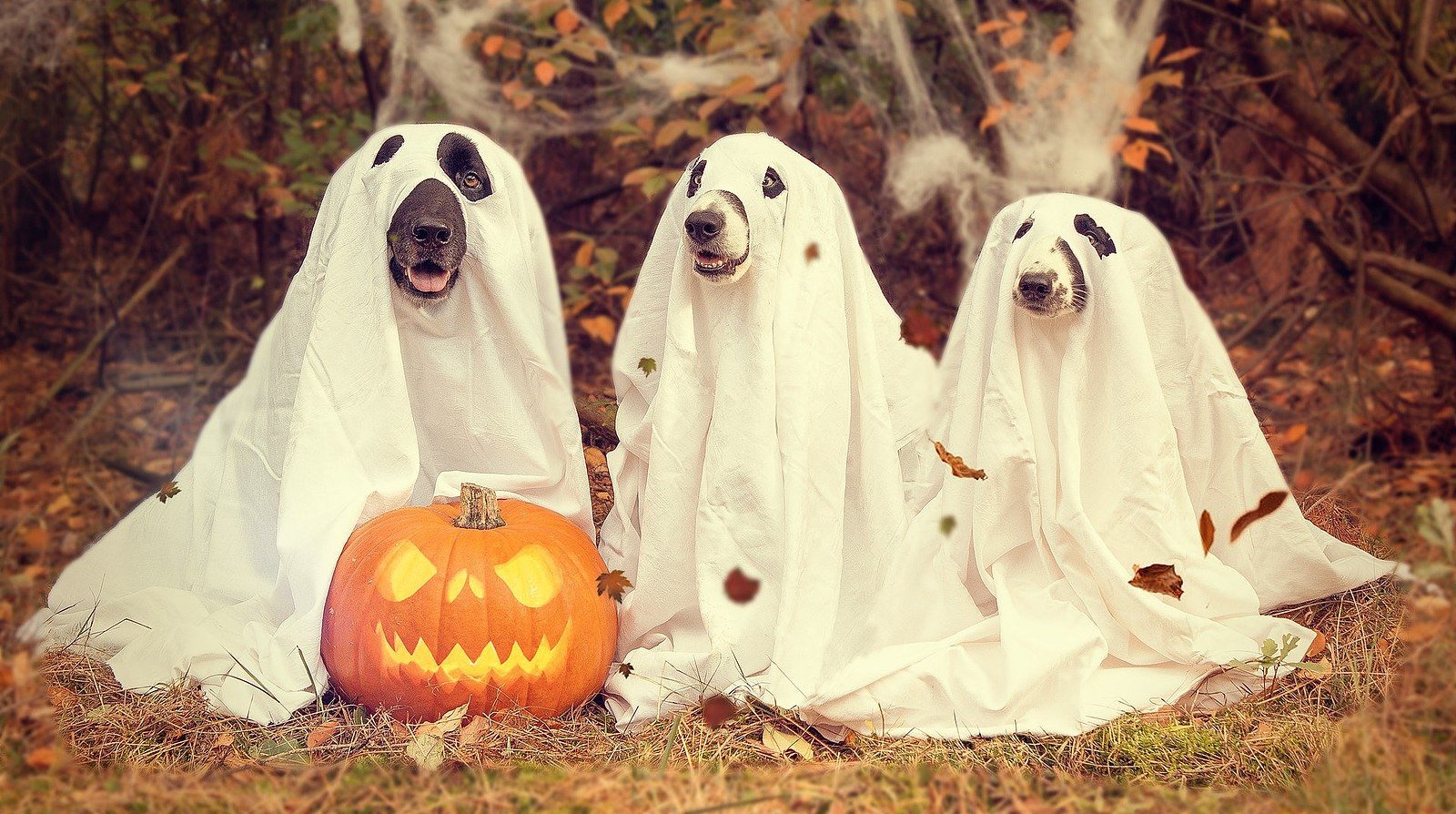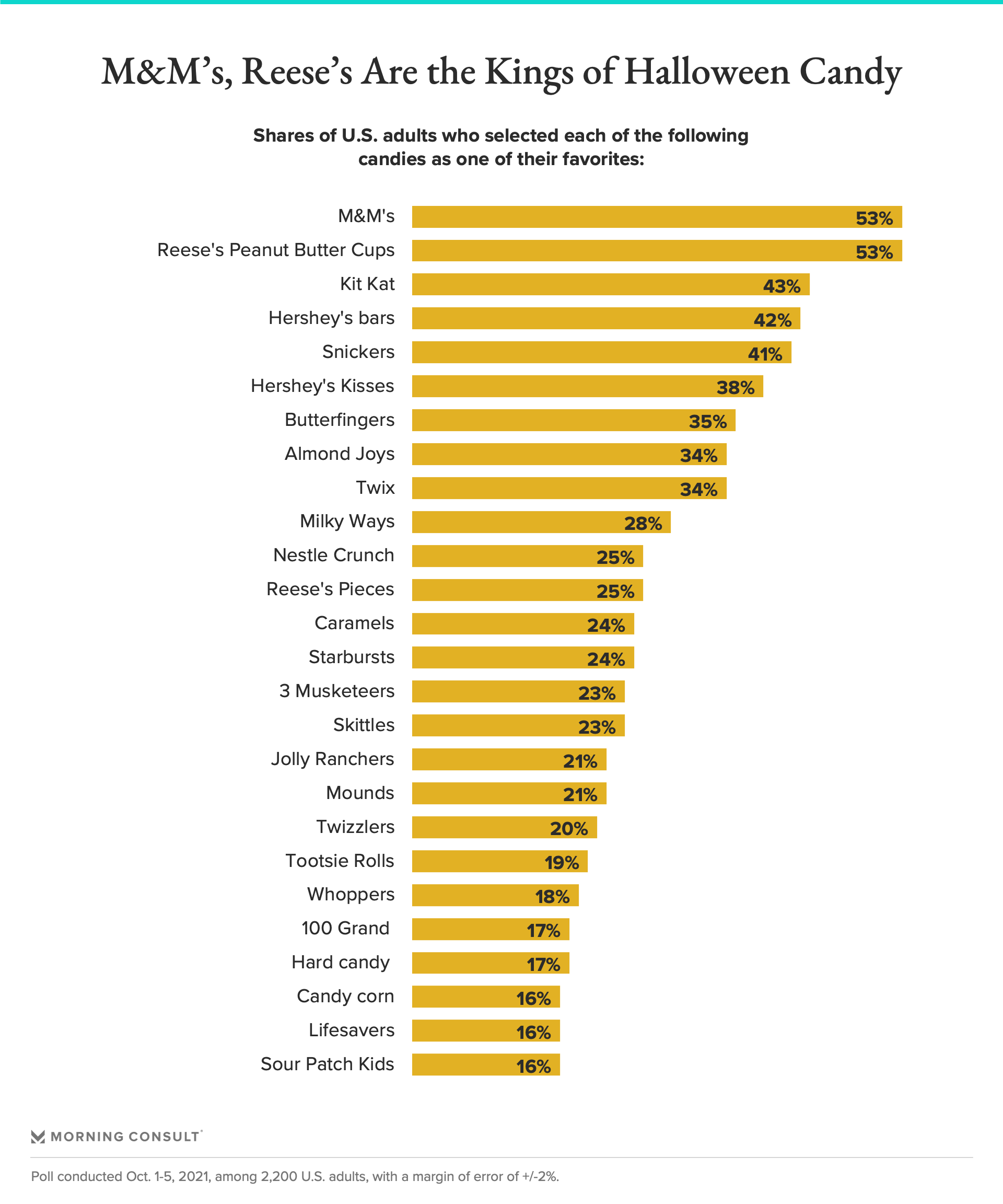
Few countries celebrate Halloween with as much fervor and excitement as the US. Children and adults alike observe the occasion by dressing in creative costumes, gorging on candy, and decorating homes and front yards with spooky skeletons and jack-o’-lanterns. Meanwhile, enterprising entrepreneurs cash in on the holiday with creative haunted houses, corn mazes, and hayrides. So, how did all the fun customs come about? Read on:
Trick-or-treating

Halloween's most beloved tradition — trick-or-treating — is attributed to the Roman All Souls' Day holiday. On this day, residents in need would knock on the doors of the wealthy and offer a prayer for their dead, in exchange for a round, spiced treat called soul cake. "Souling" took a twist in Ireland and Scotland, when kids in costumes started to get treats in exchange for singing, reciting poems, or performing tricks. Immigrants from the two countries introduced the fun custom to America in the early 19th century, and the rest, as they say, is history!
How did candy become the treat of choice?

While today, most people give out candy to trick-or-treaters, that was not the case in the mid-20th century. Kids also received fruits, nuts, coins, and even small toys. In the 1950s, candy companies tried to capitalize on the growing popularity of trick-or-treating by offering small, individually-wrapped confections. Though that helped increase sales, candy did not become the dominant treat until the 1970s, after parents began fearing accepting anything unwrapped.
Today, over 600 million pounds — about 24 pounds per American — of candy are sold each year on Halloween! The holiday accounts for about 10 percent of annual candy sales and yields manufacturers over $2.6 billion annually! A recent survey of 2,200 adults, conducted by Morningconsult.com, found that M&M’s and Reese’s Peanut Butter Cups were the confections of choice, with Kit Kats, Hershey's bars, and Snickers rounding up the top five.
Jack-o’-lanterns

No Halloween is complete without spending many hours transforming pumpkins into spooky jack-o’-lanterns. This fun custom was started by the Irish, who used turnips or beets for their ghoulish creations. After coming to America, the immigrants switched to the orange gourds, which are both plentiful and easier to carve.
Decorating with black and orange

Black and orange are so closely associated with Halloween that the combination is rarely seen outside of October. The custom can be traced back to the 2000-year-old Celtic festival Samhain. Observed every November 1 in what is now modern-day Ireland, it marked the end of the harvest season and the start of winter. Black represented the "death" of summer, while orange symbolized the autumn harvest season.
Happy Halloween!
Resources: Mentalfloss.com, Wikipeida.org, history.com
